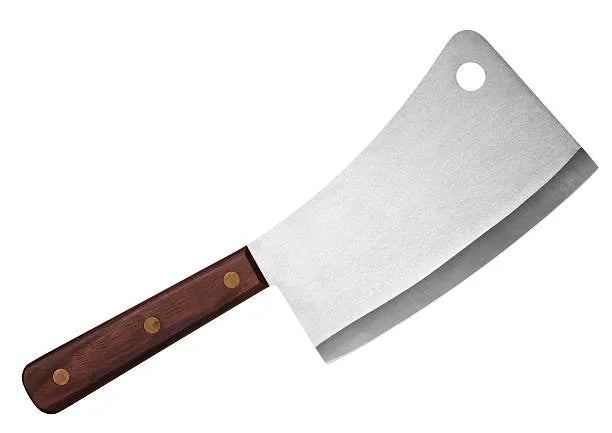
How to Throw an Axe?
Throwing an axe can be seen as funny and entertaining. It is a very old craft and the longer that you are doing it, the more proficient you become. Even if it is done as a sports activity or as one of the hobbies that one can practice with friends it is always useful to know the basics.
Why Axe Throwing?
Axe throwing is one of the best tools for releasing stress, improving focus, and even competing. It's also a thrill that combines strength and precision. Many enjoy it in local axe-throwing venues, but if you have the right equipment and space, you can practice it at home as well.
People often mention Vikings Axe which served not only as a war weapon but also as a handyman’s tool. Browse more about Viking-inspired axes here!
How to throw an axe?
Step 1: Choose the Right Axe
Start by selecting the right axe. A light axe is easier to control, and it's much better for beginners. A standard throwing axe should have a wooden handle, and the balanced head of the axe should be made from steel. The axe must feel natural and comfortable in your hands.
Step 2: Know the Stance
Get your body ready before you throw. You want to position your body right. Your feet should stand shoulder-width apart. Keep your body as relaxed as possible, so do not stiffen up. Position the axe in your dominant hand, and raise your elbow toward about 90 degrees.
Step 3: Grasp the Axe
Grip the axe by holding it by the handle with a firm but not tight grip. Your palm should face down, and the other hand should be resting near the end of the axe. That way, you can control the motion of the axe for a correct throw.
Looking for durability and elegance? A Damascus Steel Axe offers both strength and beautiful design. Learn more about its unique craftsmanship and benefits!
Step 4: Sight In
Again, it helps if you are focused on the target and not on the axe. Most ranges will have a target that has rings that help you aim. Keep your eyes on the bullseye or the middle of the target.
Step 5: Throw the Axe
Now it gets interesting: throwing the axe! To throw, turn your body back over your shoulder, like a baseball pitcher turning back to deliver the ball. Release the axe in a smooth motion while pushing forward.
The whole technique relies on releasing the axe correctly. Released too early, and the axe will fly too high up. Released too late, and it may go too low. Of course, it is also about practice, practice, practice.
Step 6: Follow Through
Once you’ve released the axe, follow through with your arm to guide the motion. Don’t jerk your arm back or stop suddenly. The follow-through helps the axe stay on track and ensures a smoother throw.
Step 7: Safety First
Always keep in mind safety. Be sure you are in a safe space, with space around you. Never chuck an axe at people. Wearing protection is essential if you're not sure or if it's your first time trying axe throwing.
If you are a wielder of an axe who wants a cutting edge more polished but not compromising on toughness then a Carbon Steel Axe is the best axe that one can use!
Practice Makes Perfect
Ax throwing, just like any other skill, requires practice. More practice means better, more precise throws. You can attempt varying distances from the target or change your stance to discover what will work best for you.
The Bottom Line
How to throw an axe? - Axe throwing is a fun and competitive sport. Take your time, as the accuracy is better than strength. Stand, hold, and focus the aim for precision like a pro, and you'll be ready to throw in no time with just a little practice and keeping safety in mind.
Need a reliable collection of cutting tools? Check out Knives Hives for top-quality knives and axes to suit all your outdoor and survival needs!








